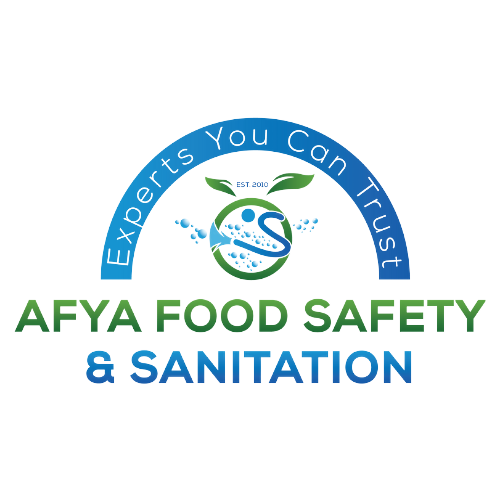
Please Wait For Loading

Please Wait For Loading
Maryland, MD USA
+1 (443) 666-9132
info@afyafoodsafety.com
Opening Hours: 9:00 AM - 5:00 PM
Copyright ©Afya Food Safety all rights reserved.
You can also reach us via Phone: +1 443 666 9132 or via Email:info@afyafoodsafety.com
Listeria Treatment and Prevention
Listeria is a bacterial infection most commonly contracted from contaminated food. Although it’s not as prevalent as some other foodborne pathogens, its severity, particularly for vulnerable populations, makes awareness of its treatment and prevention crucial. Understanding how to treat and avoid Listeria contamination can significantly reduce health risks. This blog covers the treatment options available and the food safety practices needed to prevent Listeria infections.
Listeria Treatment
When it comes to treating a Listeria infection (listeriosis), the process is typically straightforward, with antibiotics being the primary solution.
Antibiotic Therapy
Listeria infections are primarily treated with antibiotics, usually involving penicillin-based drugs or ampicillin. In some cases, doctors may also prescribe gentamicin alongside these antibiotics for more severe infections. The sooner the treatment begins after the infection is diagnosed, the better the outcomes, especially for high-risk groups like pregnant women, newborns, the elderly, and those with weakened immune systems.
Why Prompt Listeria Treatment is Critical
In vulnerable groups, Listeria can lead to more serious conditions such as septicemia (blood poisoning) or meningitis (inflammation of the brain or spinal cord membranes). For pregnant women, the infection can result in miscarriage, stillbirth, or severe infections in newborns. As such, early detection and treatment are vital. Doctors will often adjust treatment protocols depending on the individual’s immune system, the severity of the infection, and how early it is detected.
Prevention of Listeria: Key Food Safety Guidelines
While treatment is crucial for those infected, prevention remains the best defense against Listeria. Fortunately, avoiding Listeria contamination is achievable through simple food safety practices. Below are detailed guidelines for keeping your food safe from contamination:
One of the simplest yet often overlooked strategies for preventing Listeria infection is carefully checking product labels before purchase and consumption.
Cleanliness is paramount when it comes to preventing the spread of Listeria, especially in food preparation areas. After the COVID-19 pandemic in 2020, hygiene practices such as proper handwashing became a central focus. The same diligence applies when handling food:
Heat is one of the most effective ways to kill Listeria bacteria. Ensuring that your food is cooked to the proper temperature is crucial:
Conclusion
Listeria infections can be serious but are highly preventable through proper food safety practices. By following these simple guidelines—such as checking product labels, maintaining cleanliness, cooking food to safe temperatures, and being cautious about specific high-risk food, consumers can protect themselves and their loved ones from Listeria contamination. For those in vulnerable groups, taking extra precautions is essential for staying safe. Prevention is always better than treatment, and in the case of Listeria, the steps are straightforward and effective.
Related Posts
Categories
Antibiotic Resistance: A Growing Threat to Food Safety
April 17, 2025Understanding Cross-Contamination: A Major Food Safety Risk
March 31, 2025Calender